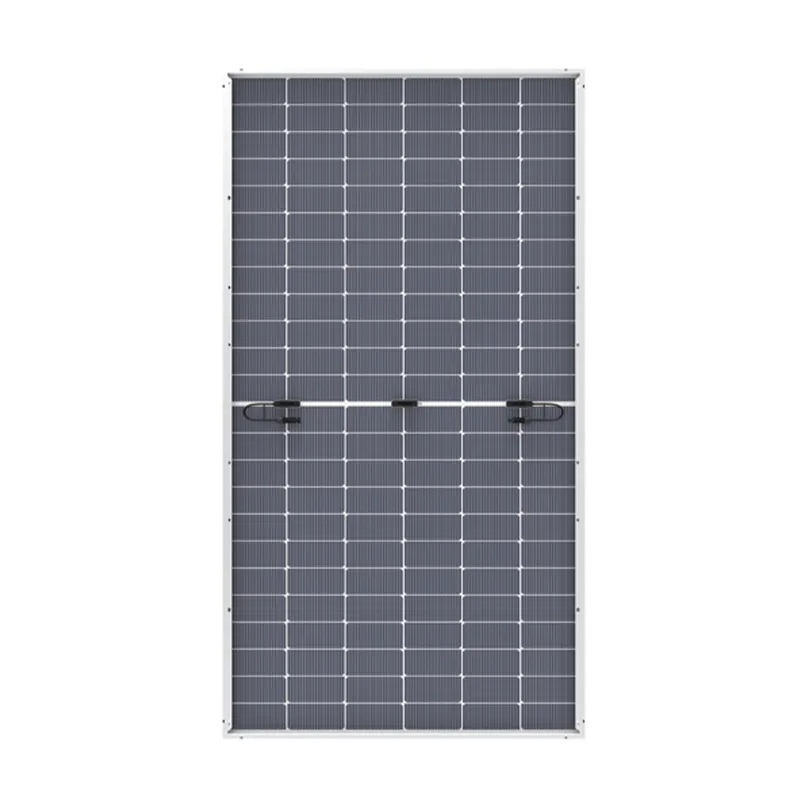Exploring Solar Panel Efficiency Variations Across Different Latitudes and Their Implications
The Impact of Latitude on Solar Panel Efficiency
Solar energy is one of the most promising renewable energy sources, but its efficiency can vary significantly based on several factors, one of which is latitude. As solar panels convert sunlight into electricity, the amount of sunlight and angle of incidence play critical roles in determining their overall performance. Understanding how latitude affects solar panel efficiency can help in optimizing solar energy systems across different regions.
Understanding Solar Panel Efficiency
Solar panel efficiency refers to the percentage of sunlight that can be converted into usable electricity. For traditional silicon solar panels, efficiency rates typically range from 15% to 22%, depending on the technology used. Factors that affect efficiency include temperature, the angle of the panels, shading, and particularly, the latitude of the installation location.
The Role of Latitude
Latitude is a measure of how far north or south a particular location is from the Earth's equator. The Earth receives solar energy more intensely at the equator than at the poles due to the curvature of the Earth, which causes the sunlight to hit the surface at a more direct angle. When assessing solar panel efficiency by latitude, several key considerations arise
1. Sunlight Availability Regions closer to the equator receive more consistent sunlight throughout the year. This is crucial for maximizing energy production since solar panels perform best in direct sunlight. In contrast, areas at higher latitudes tend to experience significant seasonal variations, with shorter days in winter and longer days in summer. Therefore, solar energy systems in equatorial regions may yield higher annual energy production compared to those located at higher latitudes.
solar panel efficiency by latitude

2. Angle of Incidence The angle at which sunlight strikes a solar panel significantly influences its efficiency. At higher latitudes, the angle of the sun changes more drastically throughout the year, resulting in lower angles of incidence during the winter months. This can hinder the performance of fixed solar panels that are not optimized for seasonal changes. In contrast, solar tracking systems, which adjust the angle of the panels to follow the sun's path, can enhance efficiency across varying latitudes.
3. Temperature Effects While one might assume that more sunlight results in better efficiency, it's essential to consider the temperature as well. Solar panels typically see a drop in efficiency as temperatures rise. Regions with moderate temperatures, even if they are at higher latitudes, may provide better overall efficiency during hotter months compared to consistently warmer locations near the equator. Hence, the ideal location for solar installations is not solely determined by sunlight, but also by local climate conditions.
4. Urbanization and Land Use Urban areas in higher latitudes may have different energy consumption patterns, meaning that using solar energy to offset electricity demand can vary. The efficiency gains from solar panels must be weighed against land availability and local regulations, which can influence the decision to install solar energy systems.
Conclusion
In summary, while solar panels can generate electricity anywhere on Earth, their efficiency is highly influenced by latitude. Locations closer to the equator generally benefit from more consistent sunlight and higher annual energy production. However, higher latitudes can also provide significant benefits with the right technologies, such as solar tracking systems and efficient management of energy consumption.
As the world shifts towards renewable energy sources, understanding the implications of latitude on solar panel efficiency will be key in developing effective solar strategies. By tailoring solar installations to account for latitude-specific factors, we can maximize the benefits of solar energy and make significant strides towards a sustainable energy future. Whether in urban settings or rural areas, leveraging the strengths of solar technology according to geographic nuances holds the promise of harnessing clean energy more effectively for everyone.
-
String Solar Inverter: The High-Efficiency Solution for Smart Solar EnergyNewsJul.14,2025
-
Revolutionizing Rooftop Energy with the Power of the Micro Solar InverterNewsJul.14,2025
-
Power Independence with Smart Off Grid Solar Inverter SolutionsNewsJul.14,2025
-
On Grid Solar Inverter: Powering the Future with Smart Grid IntegrationNewsJul.14,2025
-
Monocrystalline Solar Panels: High-Efficiency Power for the Future of Clean EnergyNewsJul.14,2025
-
Bifacial Solar Panel: A Smarter Investment for Next-Generation Energy SystemsNewsJul.14,2025







